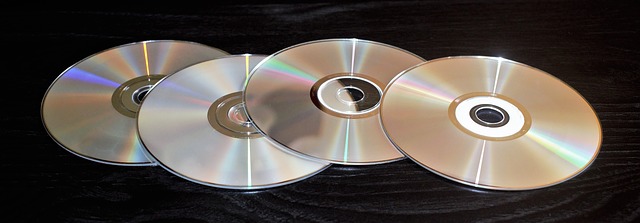CAV vs. CLV Differences Explained
CAV and CLV refer to differing techniques of scanning data on rotating optical storage mediums. We explore their definitions, advantages, disadvantages and differences.
Constant Angular Velocity (CAV) Definition:
One of the two schemes for controlling the rate of rotation of the disk in a disk drive. Constant angular velocity keeps the rate of rotation constant. This means that the linear velocity of the disk under the head is larger when reading or writing the outer tracks. This in turn implies either a variation in the data rate to and from the heads or the bits per unit length along the track. (Howe “CAV” 2014)
Constant Linear Velocity (CLV) Definition:
A way of controlling the rotation of the disks in a disk drive in which the linear velocity of the disk surface relative to the read/write heads is kept constant. In order to achieve constant linear velocity, the disk must rotate faster (at a higher angular velocity) when reading or writing tracks closer to the centre. (Howe “Constant Linear Velocity” 2014)
CAV vs CLV: Advantages and Disadvantages
Advantages of CAV:
- Individual data blocks can be addressed by sector and track directly
- The design and manufacture of CAV disks are simpler and easier
- Moving the read/write head from its present location to a particular address requires only a short movement
- There is only a minimal waiting time for the proper sector to spin under the read-write head
- Lower average noise level than CLV
Disadvantages of CAV:
- The amount of data that can be stored on the outer tracks is limited by the storage capacity of the inner tracks
Advantages of CLV:
- Guarantees a constant rate of data access (however the rotation speed is not constant)
Disadvantages of CLV:
- Random access of data is slow and difficult
- Noticeable performance issues with modern CD-ROMs
- Higher average noise level than CAV
Essentially, what is the difference between CAV and CLV?
The number of bits per track will always remain constant with CAV. On the other hand, since CLV is linear, read rates are faster when reading data near the outer edge of the disk, and slower for data closer to the centre of the disk.
Sources and Helpful Resources:
- Stallings, William. Computer Organization and Architecture: Designing for Performance. 10th ed., Pearson Education, 2016.
- Mueller, Scott. Upgrading and Repairing PCs, 15th Anniversary Edition. 15th ed., Que Publishing, 2003.
- Howe, Dennis. “Constant Linear Velocity.” Free On-Line Dictionary of Computing, Imperial College Department of Computing, foldoc.org/constant+linear+velocity.
- Howe, Dennis. “Constant Angular Velocity.” Free On-Line Dictionary of Computing, Imperial College Department of Computing, foldoc.org/cav
- Kenney, Donald. “CAV VS CLV.” Compuserve Benchmark And Standards Forum, 7 Dec. 1997, donaldkenney.x10.mx/GLOSSARY/CAVVSCLV.HTM.
- “CAV.” What Is CAV? Webopedia Definition, Webopedia, www.webopedia.com/TERM/C/CAV.html.
- “CLV.” What Is CLV? Webopedia Definition, Webopedia, www.webopedia.com/TERM/C/CLV.html.

